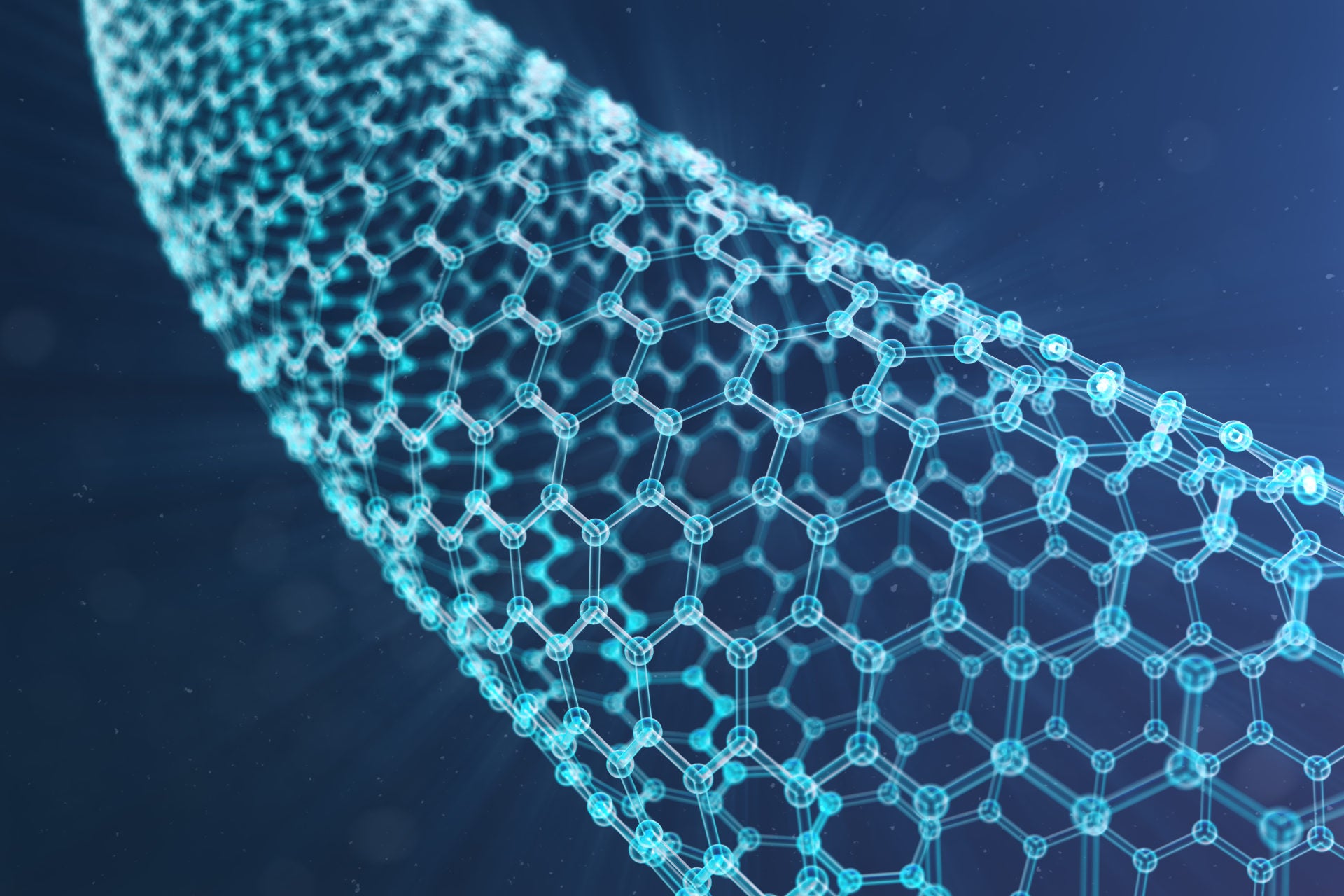
An inexpensive way to make products incorporating nano-scale technology has been developed by researchers.
The process could speed the commercial development of devices, materials and technologies that exploit the physical properties of nanoparticles, microscopic particles that are thousands of times thinner than a human hair.
Due to their size, nanoparticles have unusual properties compared to other materials, meaning they are useful for a number of applications.
They are already being used in the manufacture of scratch-resistant glasses, crack-proof paints, transparent sunscreens, stain-repellent clothing, and self-cleaning windows.
However, using current methods, creating nanoparticles involves a considerable amount of effort and time.
Manufacturing at the nano-scale
Engineers demonstrated their manufacturing technique, known as electrospinning, by building a fuel cell – a device that converts fuels into electrical power without combustion.
How well do you really know your competitors?
Access the most comprehensive Company Profiles on the market, powered by GlobalData. Save hours of research. Gain competitive edge.

Thank you!
Your download email will arrive shortly
Not ready to buy yet? Download a free sample
We are confident about the unique quality of our Company Profiles. However, we want you to make the most beneficial decision for your business, so we offer a free sample that you can download by submitting the below form
By GlobalDataUsing an electrospinning device, a rotating drum in a bath of liquid under high voltage and temperature, researchers from the University of Edinburgh and the California Institute of Technology were able to produce strands of fibres with nanoparticles on the surface.
Its high surface area between the fuel cell components and the oxygen in the air makes it more efficient. This property is useful for high-performance energy devices such as fuel cells.
Tests showed the nanofibre fuel cell performed better than conventional components and such devices are very difficult to manufacture by other techniques, researchers say.
This technique could make it easier, and cheaper, to incorporate nano-scale technology into the manufacture of solar cells, lithium ion batteries that use nanoparticle-based electrodes, carbon nanofibers and insulators such as aerogels.
Dr Norbert Radacsi, of the University of Edinburgh’s School of Engineering, who led the study, said: “Our approach of electrospinning offers a quick and inexpensive way to form nanomaterials with high surface area. This could lead to products with improved performance, such as fuel cells, on an industrial scale.”
The study, published in Nature Communications, was funded by the US Department of Energy.







